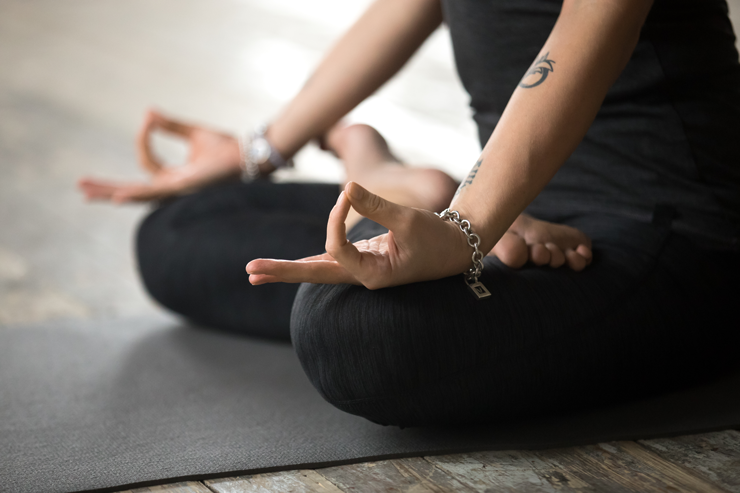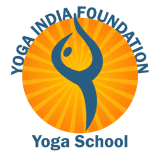
The Sanskrit word mudra is translated as gesture or attitude. Mudras can be described as psychic, emotional, devotional, and aesthetic gestures or attitudes.
Yogis have experienced mudras as attitudes of energy flow, intended to link the individual pranic force with the universal or cosmic force.
The Hatha Yoga Pradipika and other yogic texts consider mudra to be a yojana, an independent branch of yoga, requiring a very subtle awareness. Mudras are introduced after some proficiency has been attained in asana, pranayama, bandha, and gross blockages have been removed.
Mudras are higher practices that lead to the awakening of the pranas, psychic powers, on the advanced practitioner.
Mudra and Prana
The attitudes and postures adopted during mudra practices establish a direct link between annamaya kosha, the physical body, manomaya kosha, the mental body, and pranamaya kosha, the energy body. Initially, this enables the practitioner to develop an awareness of the flow of prana in the body.
Ultimately, it establishes pranic balance within koshas and enables the redirection of subtle energy to the upper chakras, inducing higher states of consciousness.
Five Groups of Yoga Mudras
The mudras can be categorized into approximately five groups:
- Hasta (Hand Mudras)
- Mana (Head Mudras)
- Kaya (Postural Mudras)
- Bandha (Lock Mudras)
- Adhara (Perineal Mudras)
Mudras are performed either in combination with or after asana and pranayama.
The Benefits of Mudras
Using mudras brings along the following benefits:
- Expansion of consciousness
- More Powerful Asana and Meditation Practice
- Cross-Connection of Energies
- Greater Concentration
- Internal Physical Relaxation
- The vitality of the Heart
Common Mudras in the Yoga Practice
When a yoga class begins, many teachers choose to bring awareness to the sitting posture, straight spine, and breath. Besides getting into the right beginning asana, it is also common to use a mudra already. Especially if the class contains some mantra chanting, meditation, and breath awareness. The most common mudra which is used is called Gyan Mudra or Jana Mudra. Simply relax your hands onto the knees, palms facing up. Now place the index finger towards your thumb so that both fingers touch at the top.
Gyan Mudra is an easy-to-perform mudra that encourages focus and calmness. If the practitioner has reached a certain level of awareness, he or she can feel energy circulating between the index finger and thumb. This mudra is also said to connect the individual to the universal consciousness and energy.
What is your favorite mudra so far?
